Exploring the Dynamics of Electric Powertrains and Transmissions in the Automotive Industry

In the era of rapid technological advancements and an ever-growing concern for environmental sustainability, the automotive industry finds itself at the crossroads of innovation. The surge in demand for Electric Vehicles (EVs) and the development of EV powertrains and transmissions have undeniably become a defining characteristic of this transformative period.
As global awareness of climate change intensifies, there has been an unprecedented shift in consumer preferences towards eco-friendly transportation. EVs have emerged as a beacon of hope, offering a cleaner and more sustainable alternative to traditional combustion engines. The demand for EVs has seen a remarkable upswing, driven by a collective commitment to reduce carbon footprints and create a greener future. According to McKinsey, India is positioned to adopt an EV future, with 70% of tier-one Indian car consumers expressing readiness to contemplate an electric car for their next vehicle. This surpasses the record-high global average of 52%.(mckinsey)
At the heart of this automotive revolution lies the Electric Powertrain—a crucial component that propels EVs into the spotlight of sustainable mobility solutions. As per a recent report, the electric powertrain market surpassed USD 20 billion in 2021 and is projected to experience a 27% CAGR from 2022 to 2030.(gminsights)Let’s explore the impact of soaring EV demand on sustainable transportation and delve into the pivotal role played by electric powertrains.
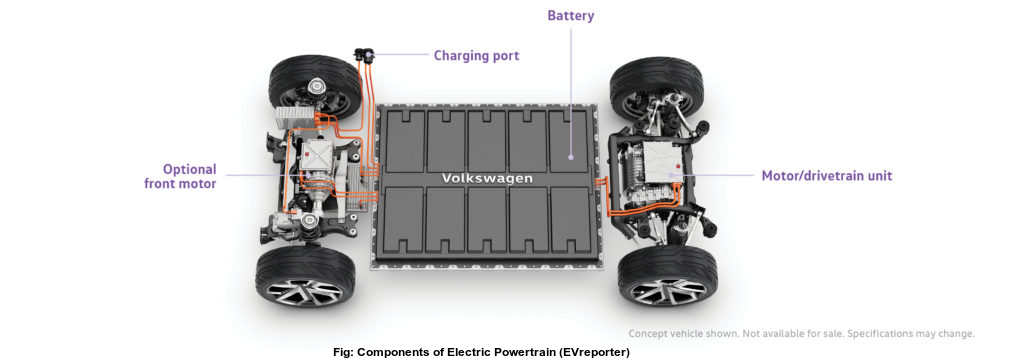
The pivotal role of electric powertrains
Within the intricate machinery of an electric vehicle, the electric powertrain stands out as the backbone. Comprising components such as the electric motor, power electronics, and transmission, the powertrain plays a pivotal role in converting electrical energy into the seamless movement of the vehicle. As the automotive landscape pivots towards electrification, understanding the nuances of the electric powertrain becomes imperative for manufacturers and consumers alike.
TEAL is powering the future of automotive automation
Amidst this transformative landscape, Titan Engineering and Automation Limited (TEAL) emerges as a trailblazer, providing cutting-edge automation solutions for the automotive industry. With a focus on crafting transmission motors and powertrains, the company has positioned itself as a critical player in the electrification journey of electric vehicles for a sustainable future. Let’s move into the intricacies of electric powertrains, explicitly focusing on the automation solutions engineered by TEAL.
Electric powertrains are revolutionizing the way we approach transportation
An electric powertrain is an integrated system comprising various components that harmoniously convert electrical energy into mechanical energy for vehicle propulsion. In the context of electric vehicles, the powertrain plays a pivotal role in facilitating the transition from traditional internal combustion engines to more environmentally friendly alternatives.
The significance of electric powertrains lies in their contribution to reducing carbon emissions, diminishing dependence on fossil fuels, and promoting a sustainable mode of transportation. Unlike conventional vehicles, EVs powered by electric powertrains produce zero tailpipe emissions, thereby playing a vital role in mitigating air pollution and combating climate change.
To comprehend the complexity and efficiency of electric powertrains, it's crucial to dissect their key components.
Electric Motor: The electric motor is the powerhouse of an electric powertrain, converting electrical energy into rotational mechanical energy. There are various types of electric motors used in EVs, the most common being the brushless DC motor and the AC induction motor. The electric motor is critical as it directly influences the vehicle's performance, efficiency, and overall driving experience.
Power Electronics: Power electronics are the intermediary between the electric motor and the vehicle's battery. They manage the flow of electrical energy, controlling the speed and torque of the electric motor. The key components within power electronics include inverters, converters, and controllers. These devices ensure that the electrical energy from the battery is optimally utilized to drive the electric motor, enhancing the powertrain's overall efficiency.
Transmission or Direct Drive: In traditional internal combustion engine vehicles, a transmission system with multiple gears optimizes the engine's performance at different speeds. In electric vehicles, the transmission system is simplified due to the unique torque characteristics of electric motors. Some EVs employ a single-speed transmission or direct drive system, eliminating the need for a complex gearbox. This simplification enhances reliability, reduces maintenance requirements, and contributes to the overall efficiency of the electric powertrain.
Understanding the synergy between these key components is crucial for engineers, manufacturers, and enthusiasts alike as advancements in electric powertrain technology continue to drive the evolution of electric vehicles, making them more accessible to a broader audience. The electric powertrain symbolizes innovation and environmental consciousness as the automotive industry accelerates towards a sustainable future.
Now that we've explored the components of electric powertrains let's delve into the benefits they offer.
Advantages of electric powertrains
Electric powertrains offer several advantages over traditional internal combustion engines. These benefits encompass environmental considerations, performance enhancements, and overall efficiency.
Environmental Benefits
Reduced Greenhouse Gas Emissions: Electric powertrains significantly reduce greenhouse gas emissions compared to traditional internal combustion engines. With the increasing share of renewable energy sources in the electricity grid, the overall carbon footprint of electric vehicles continues to decrease.
Lower Dependence on Fossil Fuels: EVs rely on electricity as their primary energy source, which can be generated from various renewable sources such as solar, wind, and hydropower. This reduces dependence on finite fossil fuels and helps diversify the energy mix.
Improved Air Quality: Electric vehicles produce zero tailpipe emissions, enhancing air quality in urban areas. This is particularly important for reducing the impact of vehicle emissions on respiratory health and mitigating urban air pollution.
Performance Enhancements
Instant Torque Delivery: Electric motors provide maximum torque at all speeds, offering instant acceleration from a standstill. This results in a responsive and dynamic driving experience, making electric vehicles suitable for city driving and quick acceleration scenarios.
Smooth Acceleration: The absence of gears in electric powertrains eliminates the need for traditional gear shifting. This leads to smoother acceleration without the jolts or pauses typically associated with gear changes in conventional vehicles.
Quieter Operation: Electric vehicles operate more quietly than their internal combustion engine counterparts. This enhances the driving experience for occupants and reduces noise pollution in urban environments.
Regenerative Braking: Electric powertrains can capture and convert kinetic energy during braking into electrical energy stored in the vehicle's battery. This regenerative braking system improves overall energy efficiency and helps extend the range of electric vehicles.
These advantages collectively make electric powertrains an attractive and sustainable choice for the future of transportation. They address environmental concerns, enhance performance, and contribute to a cleaner, quieter, and more efficient automotive landscape.
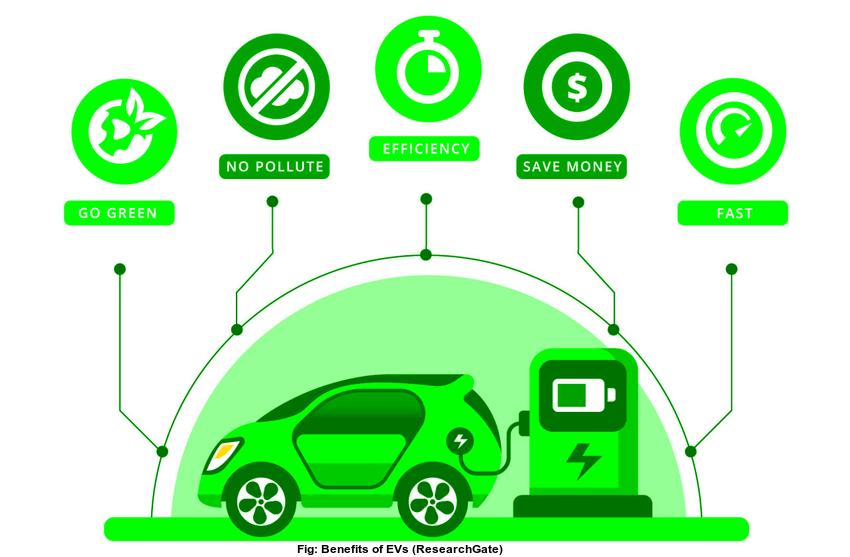
TEAL is pioneering innovation in electric powertrain
Since its inception, TEAL has been at the forefront of innovation in the automotive industry. With a history of groundbreaking achievements, we have consistently pushed the boundaries of motor assembly and transmission technologies. From the company's earliest days, we have been synonymous with cutting-edge solutions, driving advancements that have shaped the evolution of electric powertrains.
Expertise in Motor Assembly: Our prowess in motor assembly is a testament to our deep understanding of the intricacies of crafting efficient and powerful electric powertrains. We have consistently delivered state-of-the-art motor assembly solutions that have set industry benchmarks. Whether it's enhancing performance, optimizing efficiency, or ensuring durability, our expertise in motor assembly is unparalleled.
Transmission Excellence: TEAL has played a pivotal role in redefining transmission systems for electric vehicles. The company's commitment to excellence is reflected in its innovative approaches to transmission design. By leveraging cutting-edge technologies and a dedicated team of experts, we have consistently engineered transmissions that meet and exceed the demanding requirements of electric powertrains.
Automation Solutions for Electric Powertrains: Our commitment to innovation extends beyond individual components. The company has dedicated substantial resources to developing advanced automation solutions tailored to electric powertrains. By integrating robotics, artificial intelligence, and precision engineering, our company positioned itself as a leader in delivering automation solutions that enhance the efficiency and reliability of our customer’s electric powertrain manufacturing.
Showcasing TEAL’s comprehensive solutions
TEAL stands as a beacon of innovation in the automotive industry, with a track record of pioneering advancements in motor assembly, transmission, and automation solutions for electric powertrains. Through our comprehensive and customizable approach, we continue to shape the future of electric mobility, setting new standards for performance, efficiency, and reliability. Additionally, our expertise extends to life sciences automation, bringing cutting-edge solutions to a wide range of industries.
End-to-End Approach: TEAL takes pride in offering comprehensive solutions for the entire lifecycle of electric powertrains. The company adopts an end-to-end approach, streamlining the process from conceptualization to manufacturing. This holistic perspective ensures that every aspect of powertrain assembly is optimized for performance, quality, and efficiency.
Customization for Vehicle Requirements: TEAL recognizes that one size does not fit all in electric powertrains. To address this, the company excels in tailoring assembly lines to meet the specific requirements of different vehicles, whether a compact city car or a heavy-duty electric truck. Our ability to customize assembly lines ensures that each powertrain is meticulously crafted to deliver optimal performance for the intended vehicle.
Precision Engineering: TEAL's commitment to delivering exceptional solutions is rooted in precision engineering. The company's assembly lines are customized and designed with a focus on precision at every step. This meticulous approach not only enhances the quality of the final product but also contributes to the overall reliability and longevity of the electric powertrain.
A glimpse at the future outlook and industry trends
Batteries are crucial in our modern world, powering everything from smartphones to electric vehicles. As the demand for energy storage continues to grow, researchers are constantly developing new and improved battery technologies. Here are some of the most promising advancements in battery technology and their potential impact on electric powertrains:
Solid-state batteries: Solid-state batteries replace the liquid electrolyte in traditional lithium-ion batteries with a solid material. This change offers advantages, including increased energy density, faster charging times, and improved safety. Solid-state batteries are still in the early stages of development, but they can potentially revolutionize the electric vehicle industry.
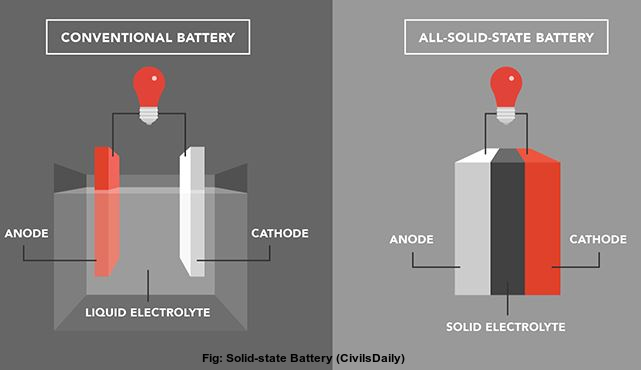
Lithium-sulfur batteries: Lithium-sulfur batteries have the potential to store significantly more energy than lithium-ion batteries. However, they also have many challenges, including a shorter lifespan and the risk of explosions. Researchers are working to overcome these challenges and make lithium-sulfur batteries a viable option for electric vehicles.
Graphene batteries: Graphene is a material with exceptional properties that could make it ideal for batteries. Graphene is very strong, conductive, and flexible. It also has a large surface area, which could allow it to store more energy. Researchers are still exploring the potential of graphene batteries, but they are a promising technology for the future.
Metal-air batteries: Metal-air batteries use a metal anode and an air cathode to store energy. This type of battery has the potential to store very high amounts of energy, but it also has several challenges, including the need for a pure oxygen source. Researchers are working to overcome these challenges and make metal-air batteries viable for electric vehicles.
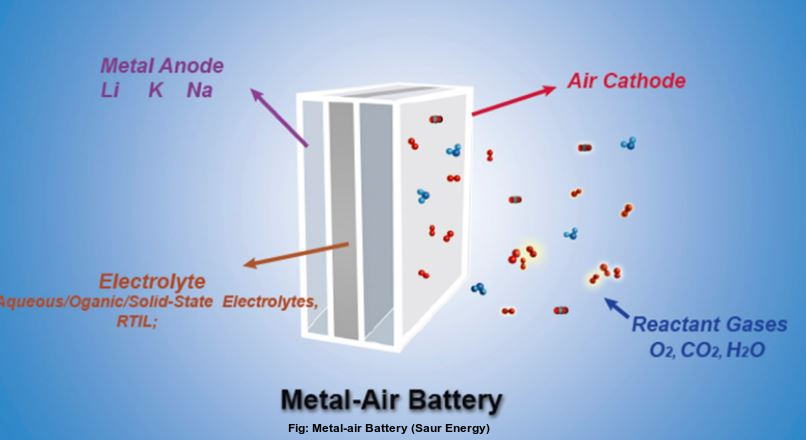
The advancements in battery technology are having a significant impact on electric powertrains. These new technologies make electric vehicles more efficient, with longer ranges and faster charging times. They are also making electric vehicles safer and more reliable. As a result, electric vehicles are becoming increasingly competitive with gasoline-powered vehicles.
TEAL's involvement in advancing battery technology
Our company is at the forefront of the EV battery technology transformation. We are dedicated to driving the progress of EV battery technology by leveraging its expertise and collaborating with industry partners.
Our contributions to this dynamic field include exploring the building blocks of an EV battery, such as cells, modules, and packs, and harnessing the power of advanced EV battery technology.
We have curated a blog post titled “Exploring Innovations in EV Battery Technology,” highlighting the role of EV battery technology in minimizing carbon footprints and significantly contributing to environmental conservation. The blog post also discusses TEAL’s efforts to improve EV battery technology by providing world-class solutions to our customers.
We offer efficient and precise EV battery pack assembly lines, which are modular in design, to ensure safety and give customers a competitive edge in a rapidly changing market. We are actively involved in advancing battery technology and are dedicated to driving the progress of EV battery technology. Our contributions to the field include exploring the building blocks of an EV battery, harnessing the power of advanced EV battery technology, and offering efficient and precise EV battery pack assembly lines.
As battery technology continues to advance, the development of charging infrastructure is equally important. Let’s explore how charging infrastructure, along with innovations like the thermal management system for electric vehicles, is driving the adoption of EVs.
The pivotal role of charging infrastructure
The transition towards a sustainable transportation future hinges on the widespread adoption of EVs. While EVs offer a compelling solution to reduce greenhouse gas emissions and improve air quality, their adoption is often hindered by perceived range limitations and concerns over charging infrastructure. A robust and well-planned charging infrastructure is the cornerstone of fostering EV adoption and unlocking the full potential of electric mobility.
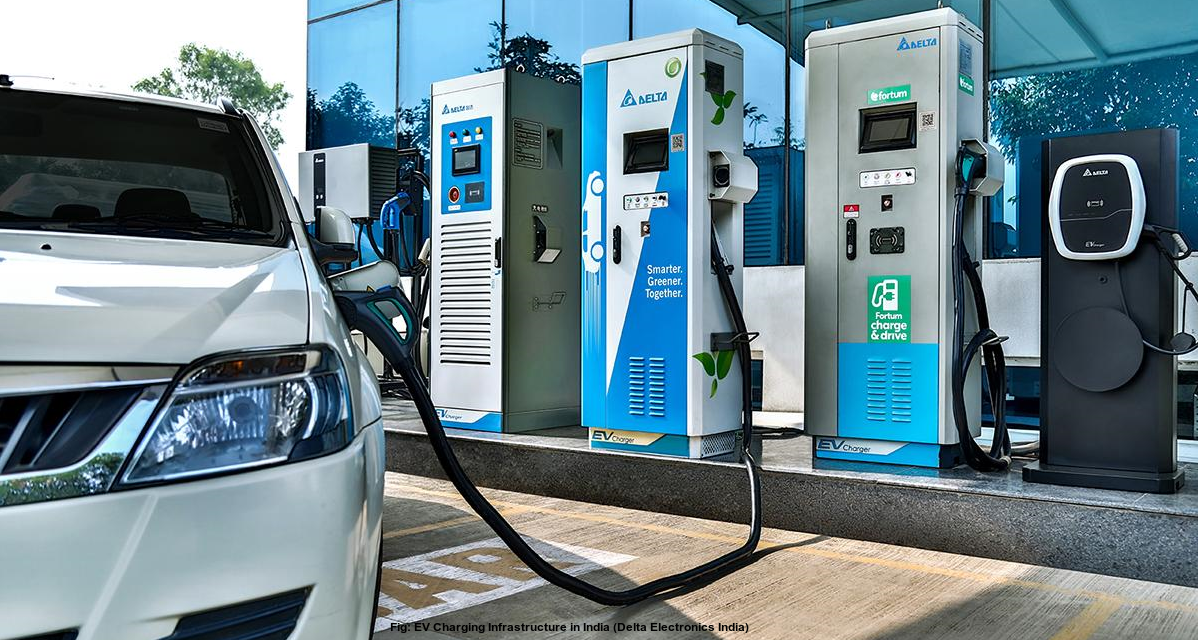
Alleviating Range Anxiety: A Confidence Boost for EV Drivers
Range anxiety, the fear of running out of battery power before reaching a charging station, is a significant barrier to EV adoption. A comprehensive charging network effectively addresses this concern by giving EV drivers the confidence to undertake longer journeys without worrying about their vehicles' range. This enhanced confidence is crucial for encouraging hesitant consumers to switch to electric mobility.
Enhancing Convenience and Accessibility: Seamless EV Integration
A well-distributed charging network not only alleviates range anxiety but also enhances the overall convenience of EV ownership. With a network of charging stations readily accessible at home, workplaces, public spaces, and along major travel routes, EV drivers can seamlessly integrate electric mobility into their daily lives. This convenience factor is essential for mainstream EV adoption, making it an integral part of the transportation landscape.
Driving Innovation and Economic Growth
The development and expansion of EV charging infrastructure support the transition to a sustainable transportation system and generate significant economic opportunities. Investments in charging technology, installation, and maintenance create new jobs and stimulate growth in various industries, including construction, manufacturing, and renewable energy. This economic boost further reinforces the positive impact of EVs on society.
Ensuring a Sustainable Future: Powering EVs with Clean Energy
The environmental benefits of EVs are maximized when their energy consumption is sourced from renewable sources. Integrating renewable energy into the charging infrastructure further enhances the sustainability of electric mobility, reducing reliance on fossil fuels and minimizing greenhouse gas emissions. This commitment to clean energy aligns with the global effort to combat climate change and transition towards a sustainable future.
Embracing a Collaborative Approach: Shared Responsibility for a Sustainable Future
Developing a comprehensive EV charging infrastructure requires a collaborative approach involving governments, private companies, and EV manufacturers. Governments play a crucial role by providing incentives, establishing regulatory frameworks, and promoting public-private partnerships.
The Indian government has played a pivotal role in expediting the adoption of EVs by implementing a comprehensive framework of policies and incentives designed to tackle the challenges and leverage opportunities associated with EV integration. At the heart of India's EV promotion strategy is the FAME scheme, initiated in 2015. Functioning on a demand-driven model, this scheme provides financial incentives to both EV manufacturers and buyers, effectively lowering the upfront costs and enhancing the affordability of electric vehicles for consumers. The FAME scheme has undergone multiple revisions to augment its efficacy and align with the evolving EV landscape.
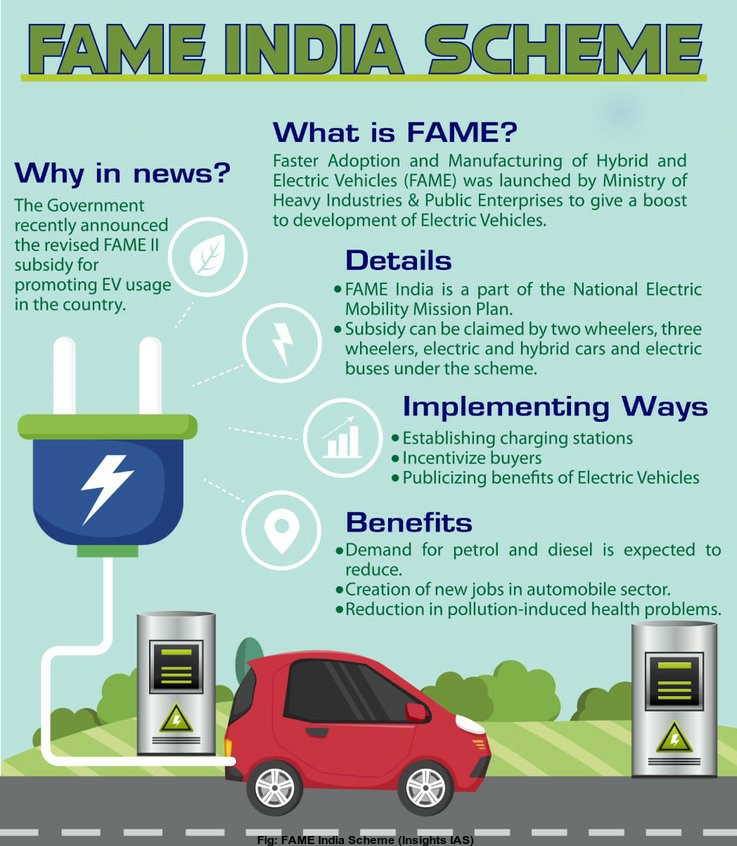
Beyond the FAME scheme, the Indian government has introduced an array of tax exemptions and reduced GST rates, further incentivizing the widespread adoption of EVs. The Production-Linked Incentive (PLI) scheme is another significant initiative to stimulate domestic manufacturing of EVs and their components. This scheme incentivizes EV manufacturers to meet specified production targets, fostering growth within the sector.
The government is actively promoting battery-swapping stations to combat concerns related to range anxiety and charging infrastructure limitations. These stations facilitate swift battery swaps, addressing the need for quick solutions and alleviating concerns associated with prolonged charging times. India's multifaceted approach underscores a commitment to creating an environment conducive to integrating electric vehicles into the mainstream automotive landscape.
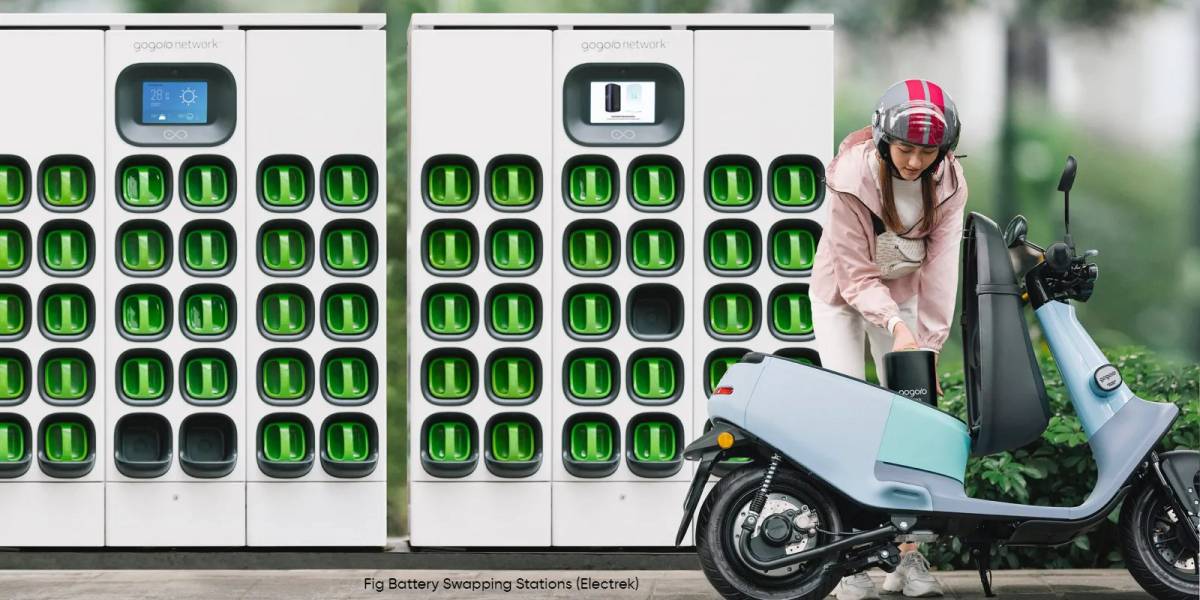
In conclusion, as we embrace the advantages of electric powertrains—from environmental benefits to performance enhancements—it's clear that the automotive industry is on the brink of a paradigm shift. TEAL's dedication to innovation and providing best-in-class solutions to its customers, coupled with the global momentum towards sustainable transportation, paints a promising picture for a future where electric mobility takes center stage, contributing to a greener and more sustainable world.
Frequently Asked Questions
